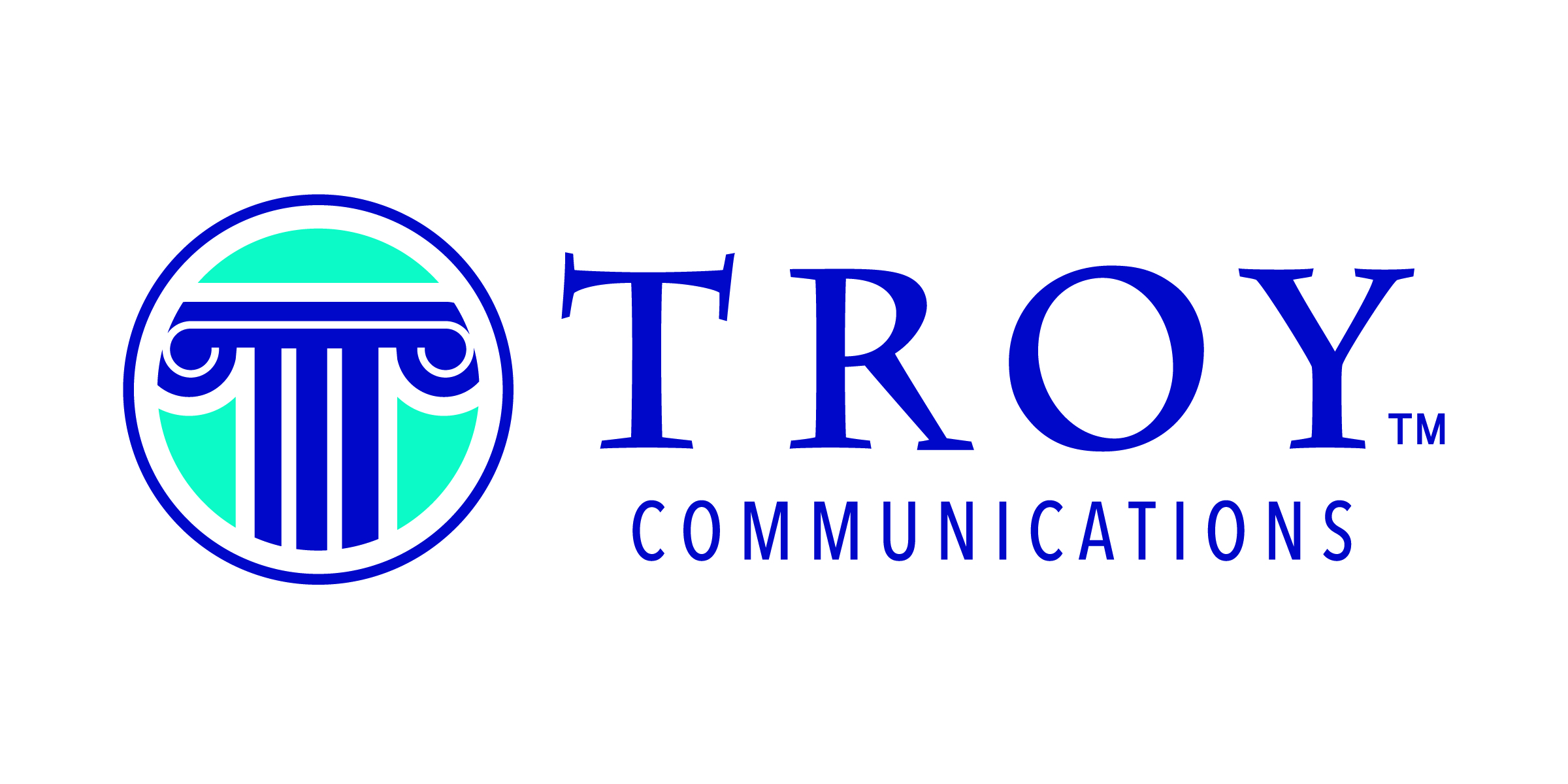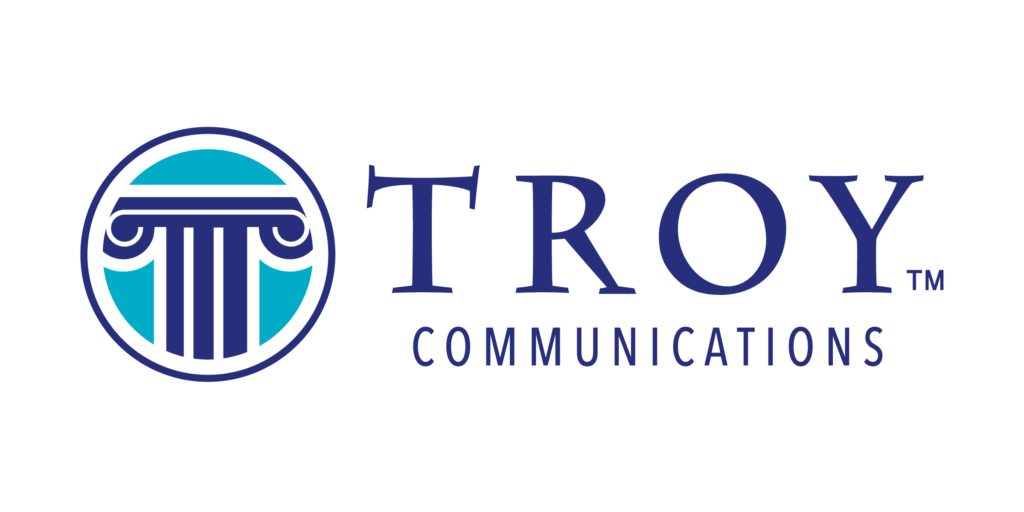By Tasha M. Troy
In the past 3 years, my level of influence has increased dramatically.
As a trainer in a professional development program at a university, I am often in a unique position of bringing a group together to create a learning community. Where most workplace teams remain largely intact for long periods of time, every 4-6 months, I’m bringing a “team” together.
For many years, I had noticed – and accepted – that some students naturally connected with me and a small minority simply didn’t. Whether it was a matter of personality difference, unmet expectations, or my teaching style that turned them off, I never knew. It was a small enough minority (1 – 2 people in each class) that I decided not to worry about it. I accepted that not everyone would “click” with me.
However, when I started studying leadership three years ago, I realized that, as the leader of the class, it was my responsibility to connect with the students, not the other way around. Since that time, I have been intentional about building relationships and rapport with those students and clients who are not naturally drawn to my personality or teaching style – with dramatic effect.
The Five Levels of Leadership
One way to explain the changes I have experienced is to look at the Five Levels of Leadership as described by John Maxwell in his book Developing the Leader within You 2.0. These are Position, Permission, Productivity, People Development, and Pinnacle.
Position (Rights) – As the instructor of the course, I have a certain position and authority. It is reasonable to expect that my students and clients will participate in class activities and will complete assignments on time. This was the level that I operated at for most of my teaching career. I had a measure of effectiveness, but it was limited when students weren’t naturally drawn to my personality and teaching style, and this caused me trouble at times.
Permission (Relationships) – Especially now, because I work with adult professionals, I have found that depending upon my position as instructor is often not enough to ensure participants get everything they can out of the training. I have to make a personal connection with each individual, and they have to trust that I have their best interest in mind.
One of the key things I had to change to truly be at this level of leadership was intentionally connecting with each individual student. Today, when my co-trainers sometimes find they have little influence with any particular student, I find I have considerable rapport because of those intentional connections.
Production (Results) – This is the level where my competence in my content area must be demonstrated and passed on. I have long been open about sharing my learning experiences with my students; I feel it helps them see that I understand the struggles they are facing, that I relate to their circumstances. I also often talk about developing communication skills as an introvert, which many of my students are.
However, about 5 years ago, one of my students accused me of not practicing what I was teaching, which are the communication skills needed in a diverse workplace. This caused me to reflect and examine whether I was living fully into my content or not. It set me on a path of personal learning and development that gave me greater credibility in teaching these skills.
Today, I am very intentional about not only living what I teach but also increasing my knowledge, understanding, and skill in my content area. As I model good communication behaviors, my students are better able to learn.
This is also the level at which my collection of students can become a learning community, a team who supports each other, even when their individual goals are different. As I build rapport with the individuals (on level 2), I learn about their strengths and weaknesses, which enables me to plan class activities that help individuals shine in their strengths and learn to develop their weaknesses in a safe environment. I often remind my students that we all have different strengths and weaknesses, and that we can function better together than individually.
People Development (Reproduction) – Because I teach in personal and professional development programs, my number one goal is to get to the point where my influence can help my students become the best versions of themselves, in particular in their communication skills, but also in their people skills.
Without the rapport I build with my students at levels two and three, I would not be able to move to the fourth level of leadership. When my students and clients start experiencing success in small ways, I am able to move to the fourth level of leadership. I try to structure my courses to give participants a quick “win” in order to establish myself at this level. Then, as the course continues, I have greater influence and can coach them into greater successes.
Pinnacle (Respect) – I am not yet fully at this level of leadership, but it is my goal to positively impact an ever-widening circle of influence. With each client I coach to reach their goal, with each student who becomes a more effective communicator, I move a step closer to this level.
Take It Deeper
I don’t know where you are in your leadership development journey, but I know that there is always more for you to reach for. Yes, moving to higher levels of leadership will cost you in some ways, but it will pay you back richly for everything you invest.
Sometimes it’s hard to know where to start. If you would like to go deeper on this topic, I hold free exploratory coaching sessions each week. You can register online at Troy Communications or email me to schedule an appointment at TMTroy@TroyCommunications.Net
If you enjoyed this article and would like to receive these monthly posts in your inbox, you can subscribe at Troy Communications Blog.




